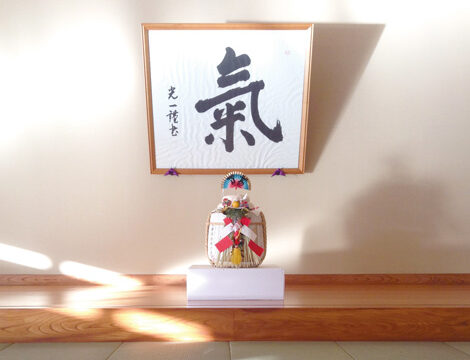 01-Regular Topics
01-Regular Topics Communicating Universal Principles for All: Teaching with Depth and Breadth
Many people have already seen the Korean drama "Love's Emergency Landing," which has been available on Netflix since 202...
 01-Regular Topics
01-Regular Topics  01-Regular Topics
01-Regular Topics  01-Regular Topics
01-Regular Topics  01-Regular Topics
01-Regular Topics  01-Regular Topics
01-Regular Topics  03-Teaching
03-Teaching  01-Regular Topics
01-Regular Topics  01-Regular Topics
01-Regular Topics  01-Regular Topics
01-Regular Topics  01-Regular Topics
01-Regular Topics